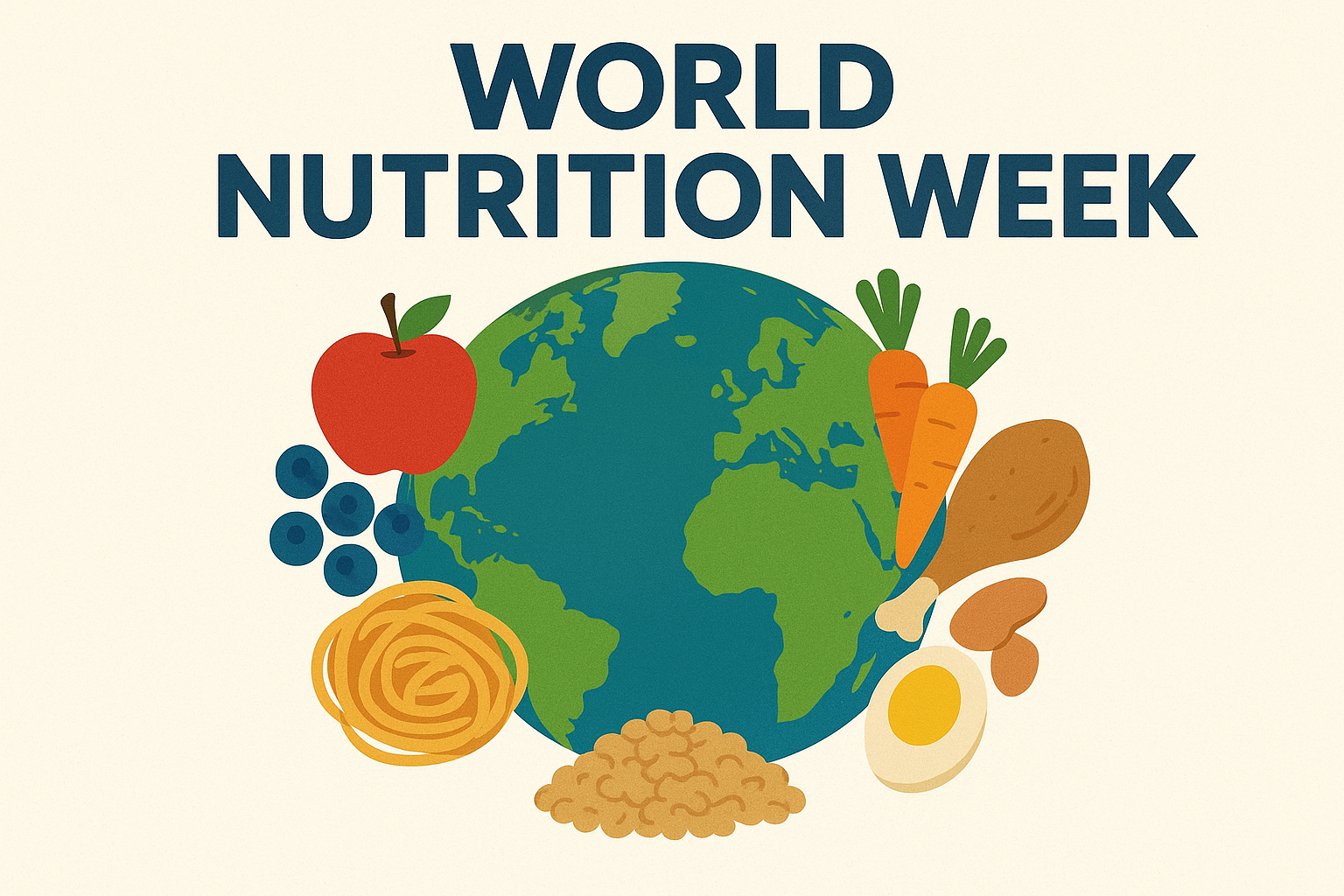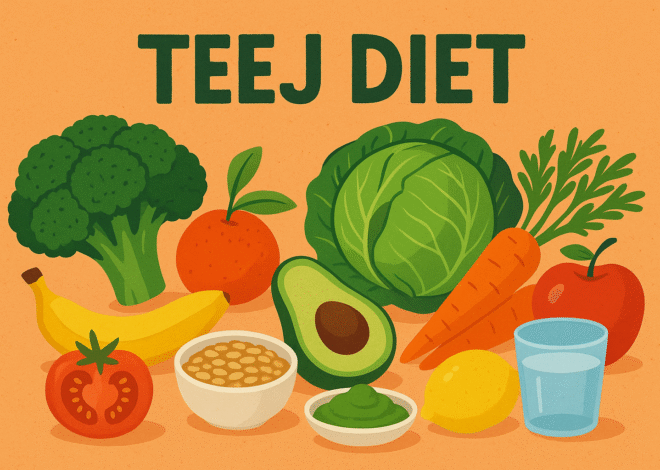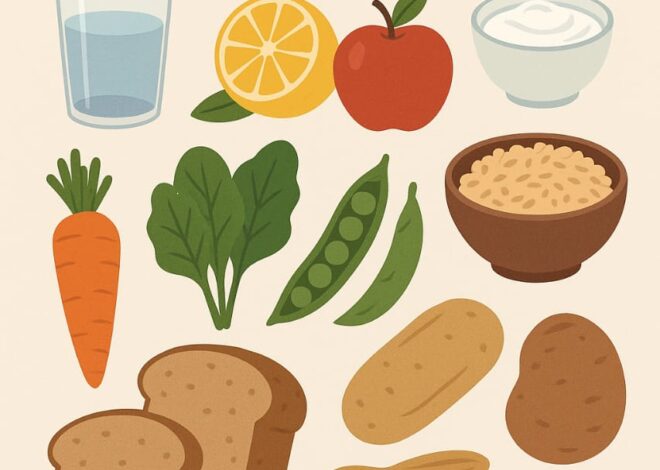
Meet Your Microbes: A Simple Guide to Probiotics!

When we think of a balanced diet, it’s easy to picture leafy greens, lean proteins, and colorful fruits and veggies. But, have you ever thought about the role of tiny organisms living in your gut? These little helpers—known as probiotics—play a powerful role in keeping you healthy. Probiotics are beneficial bacteria that work with your body in numerous ways, supporting digestion, immune health, and even mental well-being. In this guide, we’ll explore what probiotics are, how they benefit us, and how to add them to your diet in simple, enjoyable ways.
What Are Probiotics, Exactly?
Probiotics are live microorganisms that, when consumed in sufficient quantities, offer health advantages to the host. While some people refer to them as “good bacteria,” probiotics can also include yeast that naturally inhabit our digestive systems. They act as a balancing force in the gut microbiome—the ecosystem of bacteria, viruses, fungi, and other microbes in our intestines. This community of microbes is essential for digesting food, producing certain vitamins, and creating compounds that fight off harmful pathogens.
There are many different types of probiotics, and they’re typically classified by their genus, species, and strain. Some of the most common probiotics you’ll come across include Lactobacillus, Bifidobacterium, and Saccharomyces boulardii. Each has its own unique benefits, and different strains can affect different aspects of your health.
How Probiotics Benefit Your Body
Your gut is home to trillions of bacteria—some beneficial, others potentially harmful. When the balance between these bacteria is disrupted, it can lead to digestive issues, weakened immunity, and a range of other health problems. Probiotics help restore and maintain this balance, offering a variety of benefits, including:
- Improved Digestion: Probiotics aid in breaking down food, making it easier for your body to absorb nutrients. They can be particularly helpful in digesting lactose, the sugar found in dairy products, which some people have difficulty processing. Additionally, probiotics may help alleviate symptoms of irritable bowel syndrome (IBS) and inflammatory bowel disease (IBD).
- Boosted Immune System: A large portion of your immune system is housed in your gut. By promoting a healthy gut microbiome, probiotics can help defend against harmful bacteria and viruses, reducing the risk of infections.
- Mental Health and Mood Support: Research shows that there is a connection between gut health and mental health, known as the gut-brain axis. Some strains of probiotics may help improve mood and reduce symptoms of anxiety and depression by producing neurotransmitters like serotonin, which influences mood regulation.
- Skin Health: Emerging studies suggest that probiotics may support skin health by reducing inflammation and helping to prevent skin conditions like acne, eczema, and rosacea. This is likely due to the anti-inflammatory and immune-modulating effects of a balanced gut.
- Heart Health: Probiotics may also benefit heart health by helping to manage cholesterol levels. Certain strains, such as Lactobacillus and Bifidobacterium, can reduce the absorption of dietary cholesterol and aid in breaking down bile, which plays a role in cholesterol management.
Best Sources of Probiotics
You don’t need to take supplements to get probiotics; there are plenty of delicious foods that naturally contain these beneficial microbes. Here are some top sources:
- Yogurt: One of the most well-known probiotic foods, yogurt is made by fermenting milk with live bacterial cultures, typically Lactobacillus and Bifidobacterium. Be sure to choose a variety that says “live and active cultures” on the label, as some yogurts are heat-treated after fermentation, which kills the beneficial bacteria.
- Kefir: This fermented dairy drink has a tangy flavor and is packed with probiotics, often containing even more strains than yogurt. Kefir also has the advantage of being well-tolerated by many people who are lactose intolerant due to the presence of lactase, an enzyme that helps digest lactose.
- Sauerkraut and Kimchi: Sauerkraut is fermented cabbage, while kimchi is a spicy Korean dish made from fermented vegetables, including cabbage and radishes. Both are rich in probiotics, but they’re also high in fiber, vitamins, and antioxidants, making them an excellent addition to your diet.
- Miso: This traditional Japanese paste made from fermented soybeans is not only a great probiotic source but also rich in protein and essential nutrients. Miso can be added to soups, salad dressings, and marinades.
- Kombucha: A fizzy, fermented tea, kombucha has become increasingly popular as a health drink. It’s made by fermenting black or green tea with a culture of bacteria and yeast, known as a SCOBY (symbiotic culture of bacteria and yeast).
- Pickles: Not all pickles contain probiotics, but those that are naturally fermented (meaning no vinegar is used in the brine) do. Check labels to see if they’ve been fermented with live cultures, and look for terms like “naturally fermented” or “live probiotics.”
- Tempeh: Another probiotic-rich soybean product, tempeh is a fermented, dense food often used as a meat substitute. It has a nutty, earthy taste and is also rich in protein, fiber, and essential vitamins like B12.
- Sourdough Bread: The fermentation process used to make sourdough involves lactic acid bacteria, which can offer some probiotic benefits. However, sourdough does not contain as many live probiotics as yogurt or kefir, but it can still support digestion.
How to Add Probiotics to Your Diet
Here are some simple tips for integrating probiotics into your routine:
- Start Small: If you’re new to probiotic-rich foods, start with small servings and gradually increase your intake. This can help your body adjust and reduce any potential digestive discomfort.
- Choose Variety: Different probiotic strains have different benefits, so eating a wide range of probiotic foods is a good way to cover all bases. For example, try yogurt at breakfast, enjoy kimchi or sauerkraut with lunch, and sip on kombucha in the afternoon.
- Pair with Prebiotics: Prebiotics are a type of fiber that feeds the beneficial bacteria in your gut. Foods like garlic, onions, asparagus, bananas, and oats are rich in prebiotics, so try combining them with probiotic foods for an even greater boost.
- Check Labels: Check the labels for foods labeled as “probiotic.” Some of these foods may contain only trace amounts of live bacteria or none at all. Look for labels that specifically state “live and active cultures.”
- Stay Consistent: Probiotics don’t last in your system forever, so to maintain a healthy balance, aim to include probiotic foods in your diet regularly.
Can Everyone Eat Probiotics?
Most people can safely enjoy probiotic-rich foods, but there are a few exceptions. People with compromised immune systems or specific health conditions should talk to their healthcare provider before adding large amounts of probiotics to their diet. Additionally, some individuals may experience mild gas or bloating when they first start consuming probiotics—this is typically temporary as the gut adjusts.

Final Thoughts: Embrace Your Microbial Allies
Incorporating probiotics into your diet is a simple, natural way to support your overall health. By adding foods like yogurt, kimchi, and tempeh to your meals, you’re not only nourishing your body but also feeding the trillions of beneficial microbes that contribute to your well-being. Remember that probiotics are just one part of the picture; a healthy diet, regular exercise, and adequate sleep are all important factors in maintaining a balanced gut microbiome.
So, meet your microbes and give them the fuel they need to help you feel your best! Whether you’re enjoying a bowl of yogurt in the morning or sipping kombucha in the afternoon, every small step helps cultivate a healthier you.










